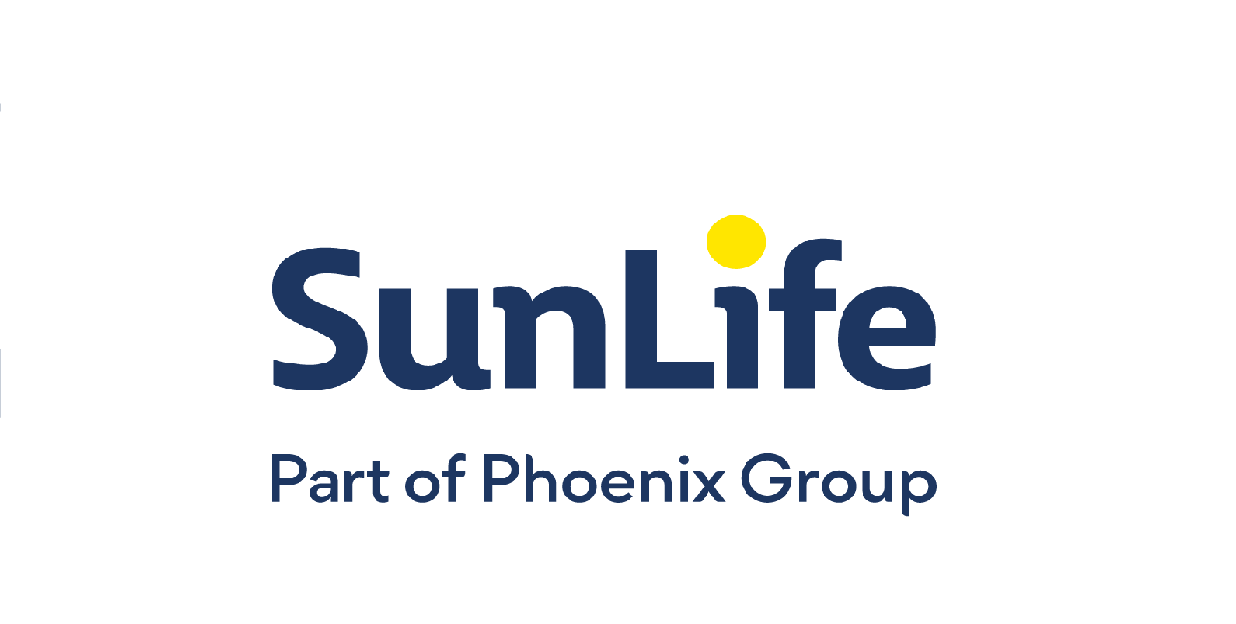As a business we’re on a journey to net zero by 2050 and we have started taking actions to achieve this. While we currently invest in high emitting companies and sectors, we have developed a climate action plan to transition to net zero across our business. We believe we can help our customers reduce their exposure to climate related risk and help them take advantage of the opportunities presented by the net zero transition. Full details can be found in our Net Zero Transition Plan:
We have a 3-part strategy:
- Invest – Investing for the future
- Engage – Engaging to multiply our impact
- Lead – Aiming to lead by example
Delivering good customer outcomes
Our customers are at the heart of our plan and our actions are aligned with delivering good customer outcomes. Our analysis shows that, in the long term, failing to decarbonise our portfolio will likely expose our customers to increased risk and will lead to less resilient investment portfolios. We also believe that companies whose business models align with a net zero transition are more likely to benefit from the growth opportunities presented by a low carbon future.
Read our Net Zero Transition Plan to find out more about our approach to decarbonising our investment portfolio, own operations and supplier base.
When customers pay into their pension, that money is invested to ensure that they have an adequate pot to live on, by retirement. Some people choose to make their own decisions about how their pension is invested, but many rely on their pension company to do this for them. The ways in which this money is invested, and then how those investments are used, can have a significant impact on helping to address climate change.
Our targets and progress to date
We’ve made progress since publishing our Net Zero Transition Plan in 2023. We are building momentum on our journey to net zero by 2050.
We have taken action in our investment portfolio, operations and supplier base and we are now building on these foundations to achieve real scale. We believe we will be on track to achieve our 2025 interim targets for listed equity and credit assets and our own operations under most scenarios if we implement the actions to which we have committed.
Our ability to meet our 2030 and 2050 targets is less certain. It is likely we will need to take further action and we will become increasingly dependent on decarbonisation in the wider economy and action by others, in particular governments, regulators, companies in high emitting sectors and our suppliers.
Some of our key achievements in 2024:
1 FCA’s Sustainability Disclosure Requirements (‘SDR’).
2 Standard Life expects to implement this approach in early 2025 with over 75% of Sustainable Multi Asset investments benefiting from a formal objective to align with the transition to Net Zero by 2050, while complying with the new regulatory threshold.
3 Relative to 2019 baseline.















